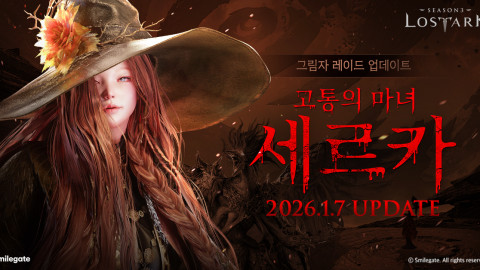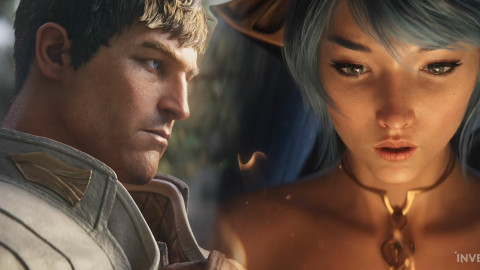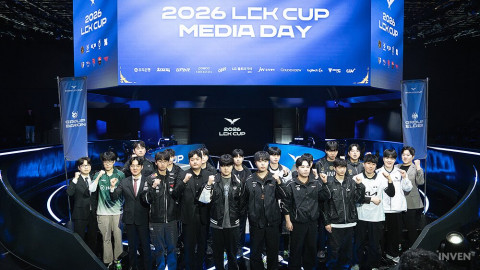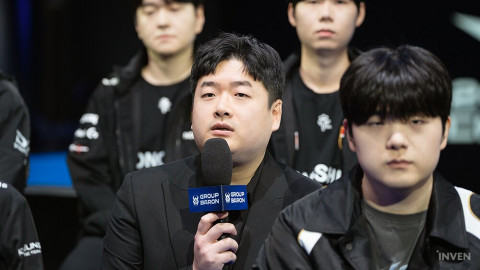
It’s been 12 years since the public got their first look at Minecraft. The game first released to the public on May 17, 2009, as a developmental release on TIGSource forums, and it’s fair to say that was a monumental day in retrospect. Today, if you type "biggest selling game of all time" into Google, you’ll find the little block game atop the list, having beaten GTA5, Tetris, and many other such amazing titles as….Wii Sports to the title.
To put that in context, the week before the full November release of Minecraft the world was introduced to the most enduring meme of all time in the form of The Elder Scrolls V: Skyrim opening cutscene. Since then, Skyrim has gone on to sell 30M copies as a multi-platform title, while Minecraft is over 200M and still maintains a regular spot on the best selling lists, and was the tenth best selling game of March 2021 according to Gamerant.
As a game, Minecraft is a phenomenon, so much so that the $2.5B Microsoft paid for it in 2014 is exceedingly good value. In 2020, the game had 126M monthly active users, and there is a good chance there are even more players today with the incredible longevity of the title, not to mention the continual impact it has in other areas of online culture. But how did the simple little sandbox end up being the biggest game of all time?
Limitless freedom
To look at why Minecraft is so far ahead of other games we should first look at what is different about Minecraft, and the simple answer is: freedom. There are plenty of games that let you do what you want to an extent, and many of them feature on the best sellers list (GTA, Skyrim, Red Dead Redemption), but none give you quite as much freedom as Minecraft, to play exactly the way you want without ever feeling like you’re doing it wrong.
If you want, there are bosses to kill and quests to go on, but equally, you never have to venture out into the "real" world if you don’t want to. Enemies are optional, survival can be guaranteed, and if all you want to do is build then the game will just give you everything and say "have at it", without ever asking if you’ve considered being a little more adventurous.
This is one crucial reason that Minecraft has an enduring appeal to younger gamers, which means the player base is constantly updating, but unlike other "kids" games, Minecraft also has a significant adult population. PCGamesN reported the average player is in fact 24 years old, with many having bought the game as a kid, and stayed with it throughout their formative years, which is the sort of customer loyalty most companies can only dream of.
There are a lot of aspects that could engender that loyalty, but a large part of it comes down to the aforementioned freedom. While Minecraft is a game for kids, it allows you to play in any way possible, with even basic computing and engineering on offer, if you’re willing to learn. The very lack of story and narrator means that you can find whatever you want in the game, as a child or an adult, and that you can change how you play as you change as a person.
Cultural impact
We’ve seen this pay off time and time again, and the cultural impact is almost unbelievable for a block game made for children. Pewdiepie’s 2019 playthrough garnered 280M views over the series, and YouTuber and Minecraft Manhunt star Dream went from being a relative unknown to having 16M subscribers on YouTube over the course of 2020 purely based off Minecraft content, with other names like TommyInnit or Sapnap seeing similar explosions in attention.
If you don’t believe us, we spoke to Rhys John, a Director at content house Zygo Media who works with YouTube stars like TimTheTatMan and Jordan Fisher, to get a better idea of the impact the game has online. “Minecraft YouTubers seem to be doing very well, with creators like TommyInnit, Dream, MrBeast, and many more consistently pushing out Minecraft content that gets anywhere from 1 to 35 million views per video,” John said.
Crucially, he thinks the strength of the game on YouTube is built around a few big names and verses a massive variety of different personalities in the same space.
“Whereas games like Warzone, Fortnite, and the like seem to be more fragmented, Minecraft seems to have a smaller pool of creators, whose viewership is more consolidated, hence the largely increased numbers vs the previously mentioned games. This, the fact Minecraft appeals to a wide age group, and the modding community almost single-handedly keeping the game alive, will likely lead to Minecraft having a significant future.”
That’s before you get to the fact Minecraft is the most speedrun game in the world today, with the likes of xQc and TFue spending hours upon hour chasing a better time, or the Minecraft Championship, a regular online competition between teams of the best players from around the web. Outside of esports, Minecraft has found a way into almost every part of gaming, and who is to say Mojang won’t one day find a way to usurp CSGO or Dota and dominate comp too?
With all that in mind, the future of Minecraft looks bright, and the game itself has constantly been developed and updated since release to the point where a day one player might not recognize much if they logged in right now. With the release of 1.17 slated for the last quarter of 2021, and that version fundamentally altering key parts of the game like build limits and even world generation, it doesn’t seem like there is a danger of getting stale anytime soon.
If you need a new PC to run Minecraft you should check these out!
Sort by:
Comments :0






